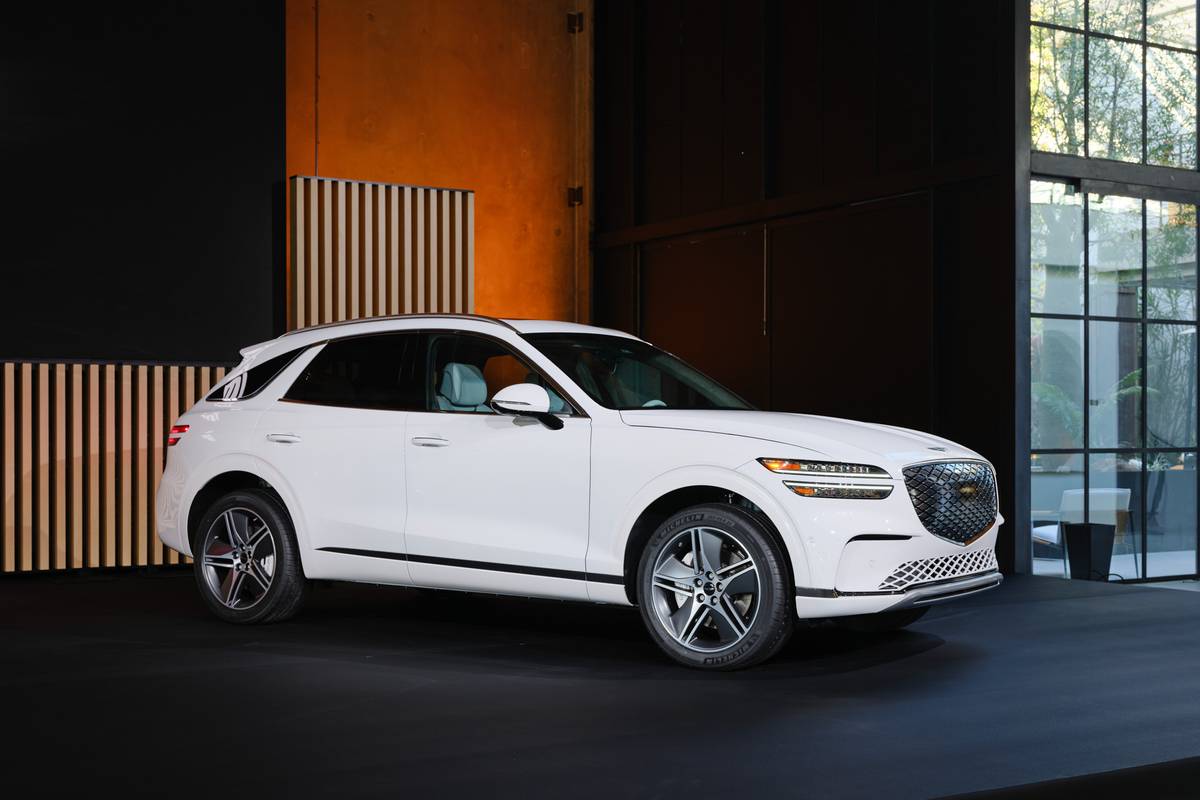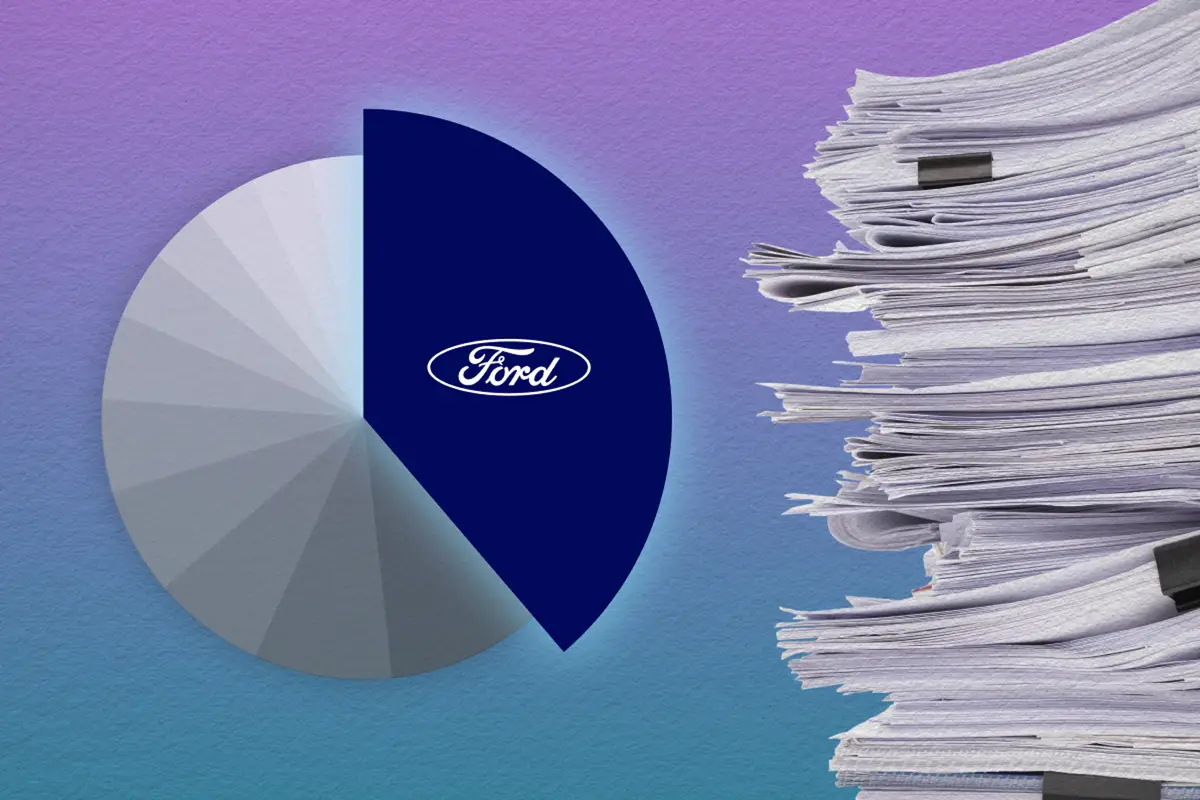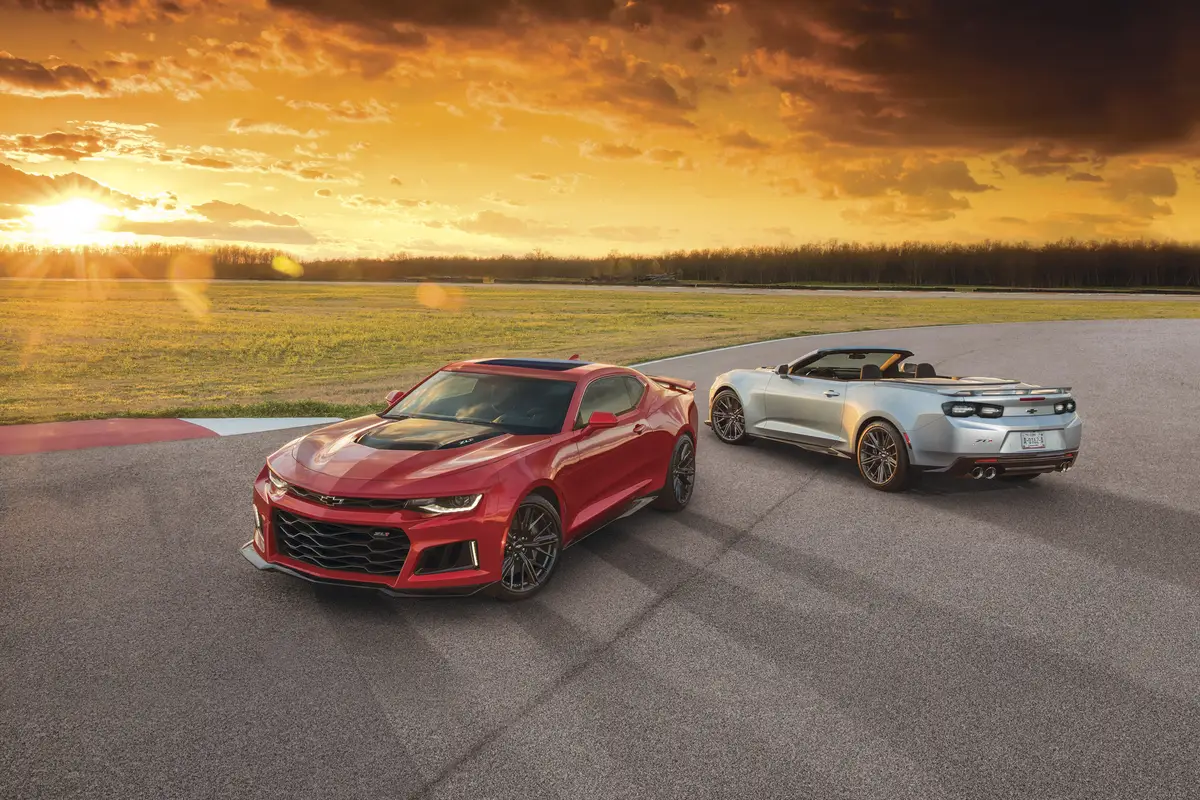chicagotribune.com's view
No. 2, as we all know, is the one who has to try harder while No. 1 can sit around and loaf.
Of course, if No. 1 loafs, he quickly finds how short a trip it is from penthouse to outhouse. That’s one journey Chrysler doesn’t intend to make. Chrysler set the standard when it introduced mini-vans in 1984.
Now comes the next generation-
redesigned 1996 models (that will begin appearing in showrooms in April) that raise that standard a notch.
Styling is fresh, ride and handling more car-like, engines peppier, passenger cabins quieter and a host of safety and convenience items have been added to show that Chrysler has paid attention to consumers and what it takes to stay No. 1.
Consider:
– The vans offer an optional slide-open door on the driver’s side as well as the conventional one on the passenger side. If you’re pumping gas into the filler nozzle on the driver’s side and one of your tykes decides he orshe wants to slide open that door, it won’t open. So it won’t bang into you, or the gas pump hose, during the fill. And the sliding door latches have special catches so that once open they stay open without sliding even if you’re parked on an incline.
– A plastic catch basin or lower lip at the bottom of the windshield holds the water wiped from the glass to prevent it from crawling back up into your field of view once you turn the wipers off. And for those who drive in the Snow Belt, where wipers tend to clog with ice and snow and make window cleaning impossible, the vans offer an optional defroster in the glass where the wipers rest to keep the blades clean.
– All van engines are programmed to disengage the starter should you turn the ignition key “on” again while idling in your driveway. You thus avoid the embarrassing metallic screech and grind when “restarting” an idling car.
– Should you choose to picnic in the van, the second and third seatbacks fold flat like table tops. And to make it easier to remove those seats for added cargo room, the bottoms have rollers so you need only disengage them from the locks and give them a yank out of the cargo hold. One warning: Though they are easier to remove, they are no lighter.
– Air/heat ducts are in the forward and rear cabin to serve all occupants. Ducts direct heat toward your feet, cold air toward your face.
– The windshield washer fluid container is designed to hold 1.3 gallons of fluid so it will take a full gallon refill.
– If you lock the front doors but forget the rear, they lock automatically when you pull forward.
– Dual hidden child safety seats are optional.
– The keyless entry fob to lock or unlock doors comes with a panic button to activate horn and lights if an uninvited guest approaches your van when you do.
– Ashtrays, as in the Chrysler Cirrus and Dodge Stratus cars, are optional. The re’s a power plug upfront for phone or radar detector, and there’s one in the rear so the kids can plug in a portable television or laptop computer.
– The tire jack, wrench and stand has been moved from under the hood to a compartment inthe rear side wall panel.
For 1996 there’s the Chrysler Town & Country, Dodge Caravan and Plymouth Voyager versions of the mini-vans. New is a short-wheelbase Town & Country.
The Town &Country line now includes three versions, not just one. Chrysler first offered the top-of-the-line Town & Country in 1989 as a 1990 model and sold 3,500 copies. In 1994 it sold 35,000 copies, which Chrysler said means that more consumers want a wider choice of luxury vans. Hence the T&C trio.
We had the opportunity to test drive the top-of-the-line Town & Country LXi with its 3.8-liter, V-6 engine, standard suspension and 16-inch tires and the Dodge Caravan ES with its 3.3-liter, V-6, handling suspension (specially tuned springsa nd shocks plus front and rear sway bars) and 16-inch tires.
The Town & Country borrows front-end styling from the Cirrus, the Caravan from the Stratus, which means a vast improvement over the boxy and stubby front ends on the predecessor models. The new vans are more rounded with sloped front ends.
As impressive as the styling is the ride and handling. Chrysler vans have been a bit truck-like with somewhat lumbering steering response, an inability to cushion occupants over coarse roads and a tendency to lean in sharp corners and turns.
The 1996 T&C we drove didn’t suffer those problems. The 3.8 is quick yet quiet. Kick the pedal hard to pass or merge and there’s some transmission rumble, but once you’ve passed or merged and ease off the pedal the peace returns. Chrysler has swathed its vans in insulating materials and sealants for 1996. Crack the windows and you can hold a conversation without shouting.
Steering response is vastly improved. Give the wheel a gentle twist and the 16-inch radials slip the body into the next lane. You snap into and out of lanes or into and out of corners without the body swaying. Though this is the base suspension, road-holding is above average. By tweaking the suspension, Chrysler reduced the turning radius by 3 feet, to 38 feet, which noticeably improves maneuverability.
Also, as you tread over tar marks, the springs, shocks and tires absorb the impact. You don’t feel harsh rebound in the wheel or seat as in some vehicles that seem to make tar marks feel like logs on the pavement. Load-leveling rear suspension is an option so you can maintain a level plain and not suffer loss in ride, handling or braking even if the rear end is stuffed with people and their luggage.
Dual air bags and anti-lock brakes add to the feeling of security while the expansive windshield and large outside mirrors give you a panoramic view of your surroundings, also a safety factor.
The Dodge Caravan ES, by comparison, had stiffer sports suspension and smaller 3.3-liter, V-6. Though the sports suspension meant the ability to take even tighter corners and even swifter lane changes, the benefits you get in lateral movement comes at a loss of smoothness over pavement imperfections on straight roads.
In terms of performance, the 3.3 is the choice for the fuel-conscious driver, the 3.8 for the more aggressive motorist who wants more immediate engine response to driver demands. In other words, it will take longer to pull out and pass or merge with the 3.3 than the 3.8, and the 3.3 is a little louder than the 3.8 when you kick the pedal hard to climb the hill.
The lineup is a bit confusing. Town & Country comes in base, LX and LXi versions, the LX is the only one offered in short-wheelbase form; Dodge Caravan in base, SE, LE and ES in short- or long-wheelbase form and Sport in short-wheelbase form; and Plymouth in base and SE ver sions in short or long wheelbase and Rallye in short wheelbase.
There are four engines-a2.4-liter, 150-horsepower, 16-valve, 4; a 3-liter, 150-h.p., V-6; a 3.3-liter, 158-h.p., V-6; and a 3.8-liter, 166-h.p., V-6. Base models come with 3-speed automatics and 14-inch tires, the rest with 4-speed automatics and 15- or 16-inch tires and with base or touring or sports suspension. Got all that?
There are some things the vans don’t have, such as traction control (coming for 1997),all-wheel-drive (before the year is over), power sunroof (overhead console with garage door/glasses holders and compass takes up that room), third seat that folds flat into the floor like the Honda Odyssey (would block space needed to add all-wheel-drive hardware) and power slide-open side door like on General Motors mini-vans (all Chrysler vans are designed to add one if consumers demand it, but early clinics report low interest).
Though Chrysler is the mini-van leader, conver sion to an all-new vehicle will mean some production downtime. Chrysler estimates it will lose 50,000 to 60 ,000 vans in 1995. To minimize losses, Chrysler initially will build extended-wheelbase 1996 models at its St. Louis plant and short-wheelbase 1995 models at its Windsor, Ontario, plant. When 1996output reaches speed, Windsor will convert to short-wheelbase 1996 models.
>> 1996 Chrysler Town & Country LXi mini-van. Wheelbase: 119.3 inches Length: 199.6 inches Engine: 3.8-liter, 166-h.p., V-6 Transmission: 4-speed automatic EPA mileage: Not available Base price: Not available; expect it to be pricey Price as tested: N/A. The van will be option rich with such features as the driver-side sliding door and windshield wiper de-icer. Pluses: Styling a knock out. Ride and handling much more car like so you can accelerate into and out of turns. The 16-inch tires are a big plus. Dual air bags and ABS standard. Very quiet, very roomy, very comfortable, very functional with all the added gadgets and systems from that driver-side sliding door to the windshield wiper de-icers. Minuses: Traction control not available. With focus on premium lines, prices may dent budgets. Too many choices? Can consumer handle short or long wheelbase, base or upgraded models, regular or sports suspension, four engines and two transmissions? >>
Latest news



